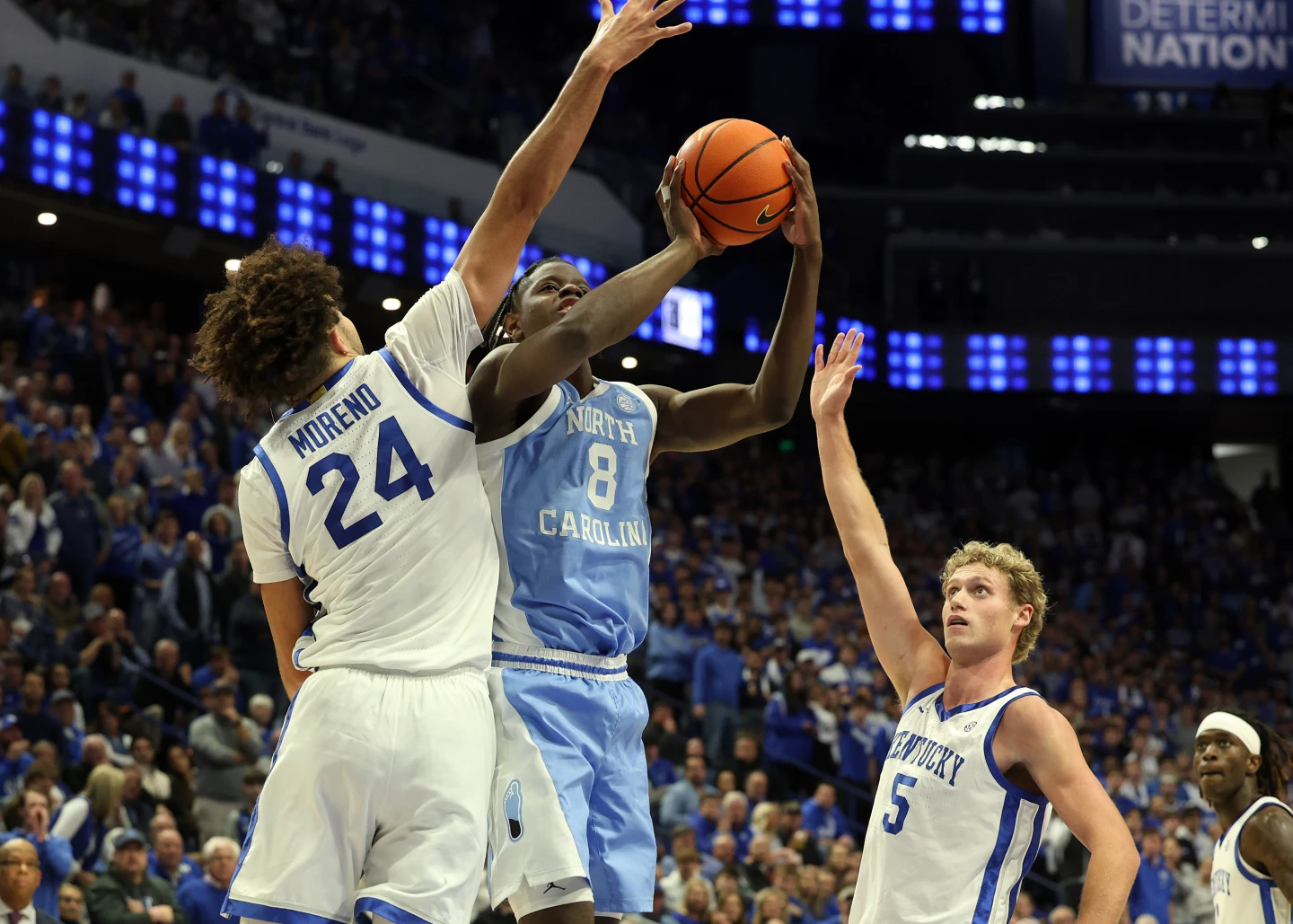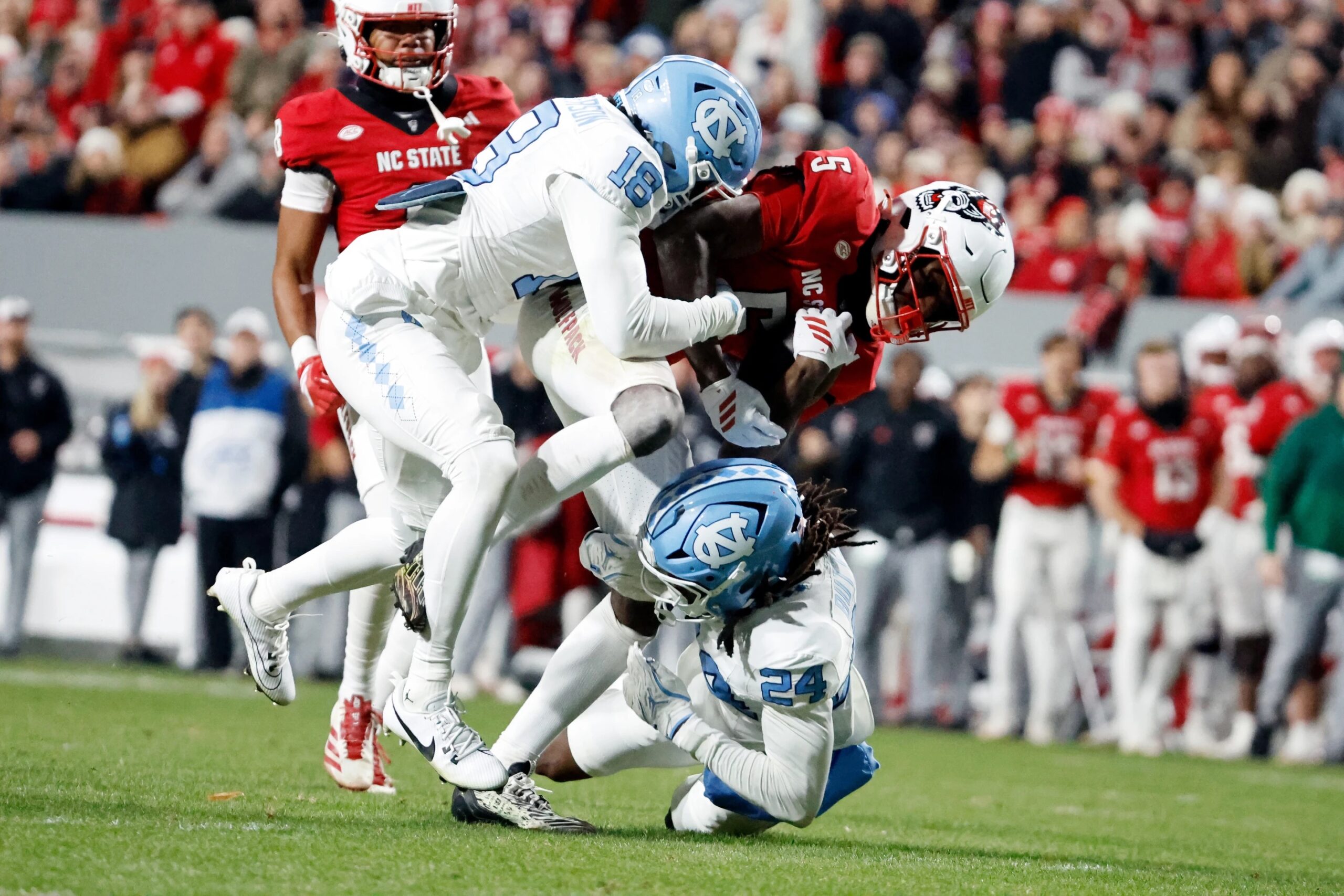
Art Chansky’s Sports Notebook is presented by The Casual Pint. YOUR place for delicious pub food paired with local beer. Choose among 35 rotating taps and 200+ beers in the cooler.
Who will win off the field, the Big Ten or the SEC?
The future of college football for the 2026 post-season, at least, will be determined by December 1, when all proposals from the conferences have to be submitted.
All nine conference commissioners and Notre Dame agreed the Big Ten and SEC will have the biggest say since they are the two strongest conferences in college football. And, since recently, the majordomo leagues have not agreed on the format.
If a change is not approved by the end of Thanksgiving week, the College Football Playoff will remain 12 teams for one more year.
The SEC is advocating for the 5 +11 format of the five highest ranked conference champions plus 11 at-large entries selected by the committee.
The SEC is the most powerful conference in sports on the field and in largest TV revenue distribution to their schools with most tickets sold to the fans and viewers and alumni in their region. The Big Ten is a close second in all of those categories.
SEC commissioner Greg Sankey is pushing for the 5 +11 because he has the best teams most years and thus best bets for a No. 1 or No. 2 seed. They play eight conference games and 4 outside the SEC, as it is not in their best interest to play a ninth game they might lose.
While the SEC’s long-range goal is to be the strongest entries in the eventual College Super League, whenever that is organized and however it is financed. They could earn the biggest TV payout from massive rights fees that would approach what the NFL gets.
The Big Ten wants to take power away from the committee and settle their playoff teams on the field. Commissioner Tony Petitti has floated the idea of Big Ten play-in games the last two weeks of the regular season. That is in line with the nine conference games Big Ten teams play; those create more rival match-ups and draw more fans in seats and eyeballs on TV. It could be complicated because the non-play-in teams might have to change scheduled opponents over the last two weeks so every team plays 12 games.
Membership in another “club” is also a reason the Big Ten wants to do more for its own. They are proud that 17 of their 18 schools are in the Association of American Universities (AAU), underscoring their nurtured academic theme over decades for the oldest conference in the country.
What does all this mean for the ACC, which will again be rated at or near the bottom of conference rankings? Several power schools will be competing for one of the top five seeds while others can play their way into the last 11 seeds, if Sankey and the SEC win out.
SEC football coaches want to own the probability of the most teams getting into the 16, and you know who really runs the SEC.
Featured image via Associated Press/Phelan M. Ebenhack
 Art Chansky is a veteran journalist who has written ten books, including best-sellers “Game Changers,” “Blue Bloods,” and “The Dean’s List.” He has contributed to WCHL for decades, having made his first appearance as a student in 1971. His “Sports Notebook” commentary airs daily on the 97.9 The Hill WCHL and his “Art’s Angle” opinion column runs weekly on Chapelboro.
Art Chansky is a veteran journalist who has written ten books, including best-sellers “Game Changers,” “Blue Bloods,” and “The Dean’s List.” He has contributed to WCHL for decades, having made his first appearance as a student in 1971. His “Sports Notebook” commentary airs daily on the 97.9 The Hill WCHL and his “Art’s Angle” opinion column runs weekly on Chapelboro.Chapelboro.com does not charge subscription fees, and you can directly support our efforts in local journalism here. Want more of what you see on Chapelboro? Let us bring free local news and community information to you by signing up for our newsletter.












